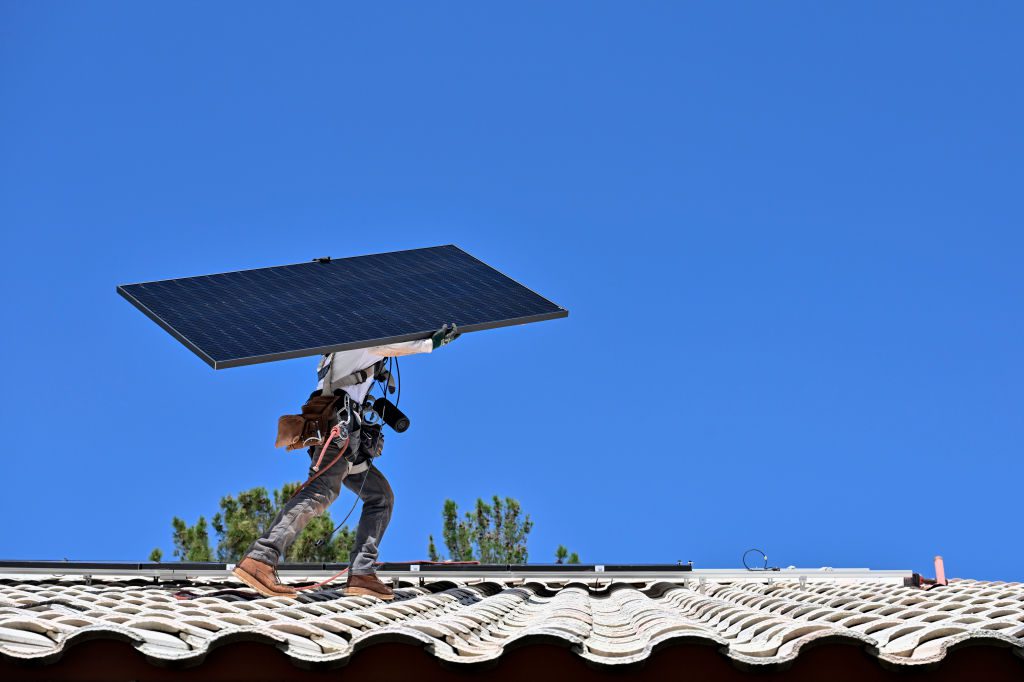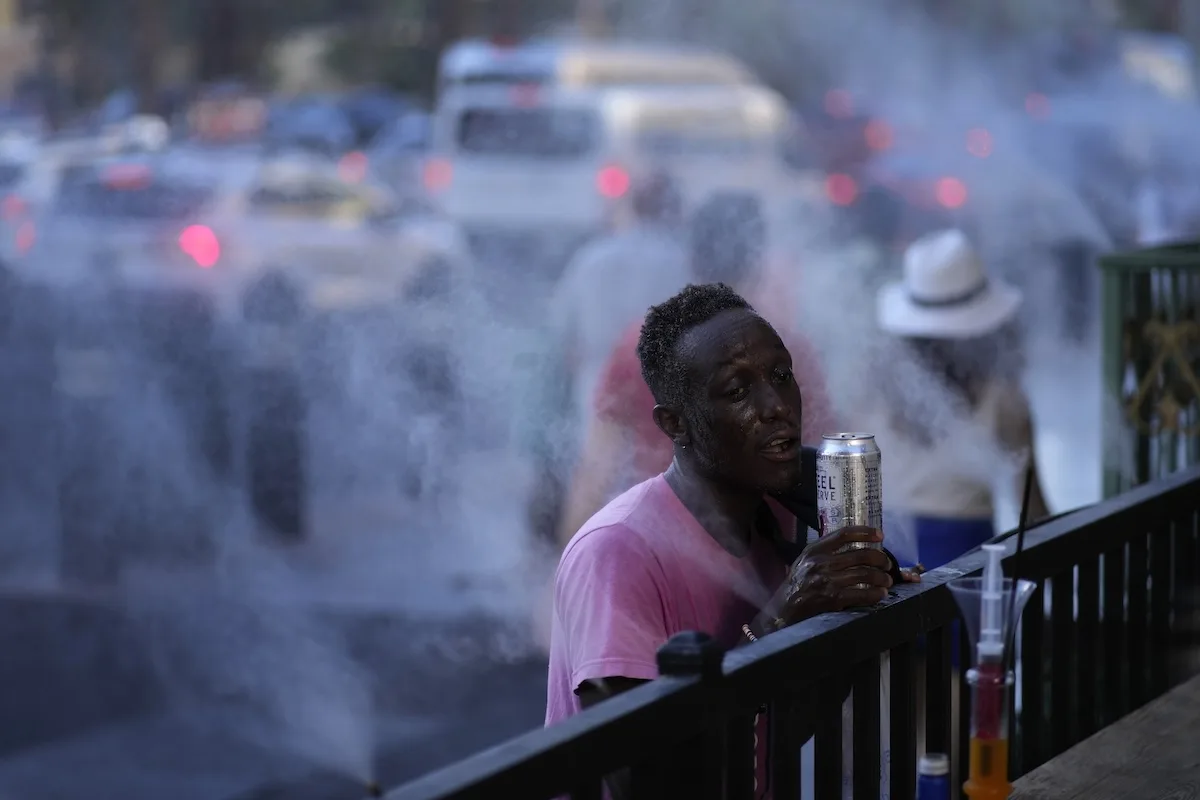
A man cools off in misters along the Las Vegas Strip, Thursday, July 13, 2023, in Las Vegas. (AP Photo/John Locher)
Unsheltered members of the homeless community often have co-occurring health problems that contribute to them being unsheltered, making them more vulnerable to the effects of extreme weather.
Marques Wilder thought being accustomed to the climate of his home state of Florida would let him deal fairly well with Nevada temperatures.
But that expectation proved optimistic.
“The heat creeps up on you more here,” Wilder said, “because you don’t sweat too much until it’s too late, then you end up dehydrated. I’ve been a victim of that and had to go to the hospital two or three times.”
Wilder, like other members of the Las Vegas homeless community, understands that the summer heat and dealing with it, can be an issue of life or death.
Southern Nevada’s extreme heat has only been made worse as temperatures continue to increase over time due to climate change. That warming effect is seen across all seasons according to Desert Research Institute Climatologist Dan McEvoy.
And the consequences of climate change bring potential hazards in the cooler parts of the year as well.
“The climate is warming, the temperatures are warming. There’s universal agreement on that, among scientists, I mean, the data is very clear that that’s happening. And the linkage to human caused climate change is also very clear in the scientific literature,” McAvoy said. “The Southwest United States is one of the hotspots for that in terms of how sharp the trend is. Las Vegas and Reno are both two of the fastest warming cities in the country, and you can break that down by seasons and see different trends. But all of the seasons are showing a warming trend.”
While members of the homeless community said the summer poses more risk, climate change also causes weather changes during the winter that could prove dangerous to the region and its inhabitants.
RELATED: Southern Nevada municipalities team up on climate, apply for federal grant
McEvoy explained the warming trend in winter pushes the snowlines further up mountains, causing snowpacks to melt more quickly in the spring, with sometimes violent effects.
“The warmer atmosphere and more water vapor in the atmosphere is leading to more extreme precipitation rates when we do get storms, so heavier rain and snowfall, maybe for shorter durations,” McAvoy said. “There’s pretty clear linkages showing that climate change is impacting the amount of water vapor in the atmosphere, and therefore the amount of extreme precipitation events that we’re seeing.”
McAvoy pointed out that the higher snowline and more quickly melting snowpack may affect the recreation industries like skiing on the mountains, and can affect water levels for communities that depend on snow runoff.
When asked about how they handle winter months, Wilder and another member of the homeless community, Jim Stamper, said the cooler months are much easier to live in. Stamper joked that “there is no winter in Las Vegas,” after having experienced the much colder parts of the US before.
But Nicholas Barr, assistant professor of social work at UNLV, pointed out that the more common extreme storms and precipitation can pose a higher risk to the state’s homeless population in the winter.
Barr said the unsheltered members of the homeless community often have co-occurring health problems that contribute to them being unsheltered, making them more vulnerable to the effects of extreme weather.
“Given that it’s a really medically fragile population,” Barr said, “extreme weather, whether it’s heat, flooding or precipitation, is going to make it more difficult for them to maintain a functional level of health.”
Barr explained that just getting wet and not being able to dry off properly can bring a higher chance of getting sick.
Clark County has services to help the homeless community with the risks of extreme weather, like multiple cooling stations located throughout the Las Vegas Valley for the extreme heat of the summer, and Barr said the more common extreme weather of all seasons reinforces how important those services are.
But ultimately, emergency services are not a solution that will ensure the homeless community’s safety, according to Barr.
“The long term solution is to have ample, safe and affordable housing so that we don’t have to take extreme measures to protect our vulnerable homeless folks,” Barr said. “Rather, they can be housed safely and be less vulnerable to these extreme events, period.”
Until a long-term solution is found for the issues of climate change and how to best protect the homeless population, Wilder plans to always be prepared for what mother nature brings.
“You’ve got to just be prepared,” Wilder said. “Be intuitive and understand what the elements are and you know, be prepared for it.”
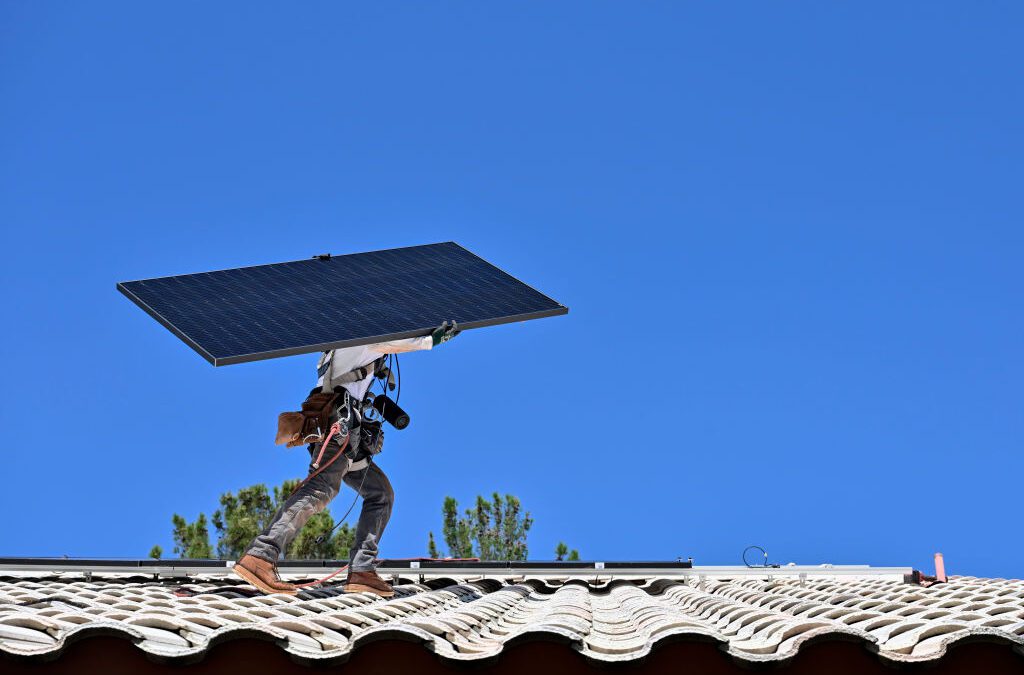
Trump’s Executive Orders Could Raise Energy Costs and Threaten Jobs in Nevada
Nevadans could soon feel the pinch in their wallets and job prospects thanks to recent actions by President Donald Trump. A report shows that...

More than a dozen NPS workers fired from Lake Mead as part of mass federal workforce purge
The positions eliminated include park rangers, engineers, ecologists, maintenance workers, and cultural resource staff for the ninth most-visited...

Condena Chispa Nevada el retiro de apoyo en su pago de electricidad a familias de bajos ingresos
Chispa Nevada condena que la administración Trump retire ilegalmente el financiamiento del programa de Nevada para reducir las facturas de...

Biden admin moves to shield Nevada public lands from mining with support of tribes, local leaders
In one of President Biden’s last moves in office, his administration has moved to protect 269,000 acres of public land in Nevada from a proposed...
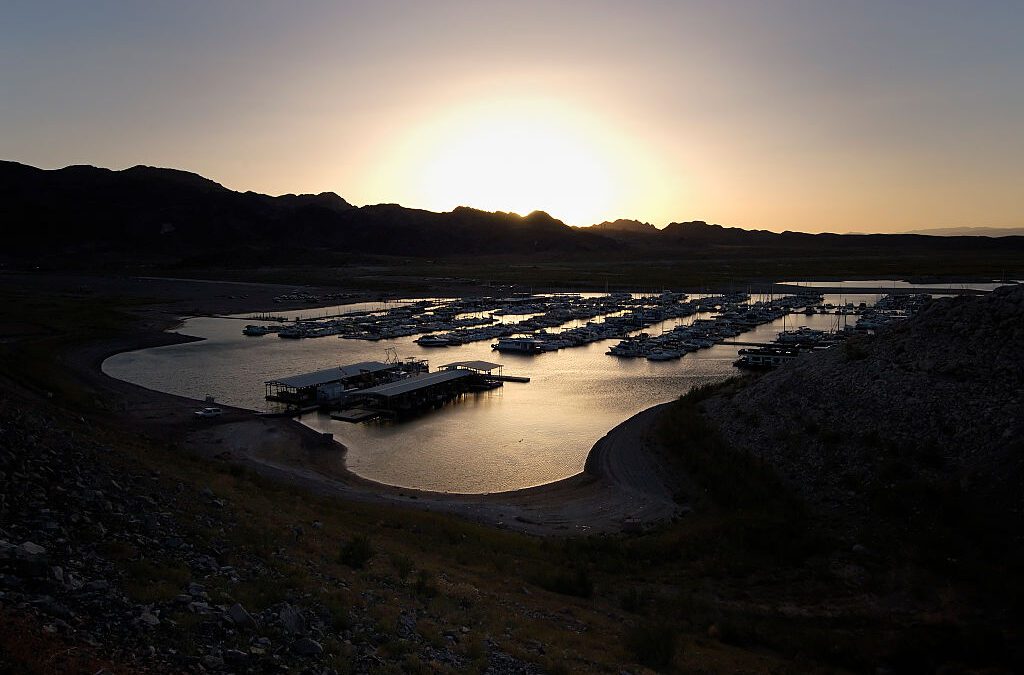
Many fear help for Nevada water conservation will dry up under Trump
Despite billions from the Inflation Reduction Act going to benefit Nevada, President-elect Donald Trump and conservative fiscal hawks may pursue a...
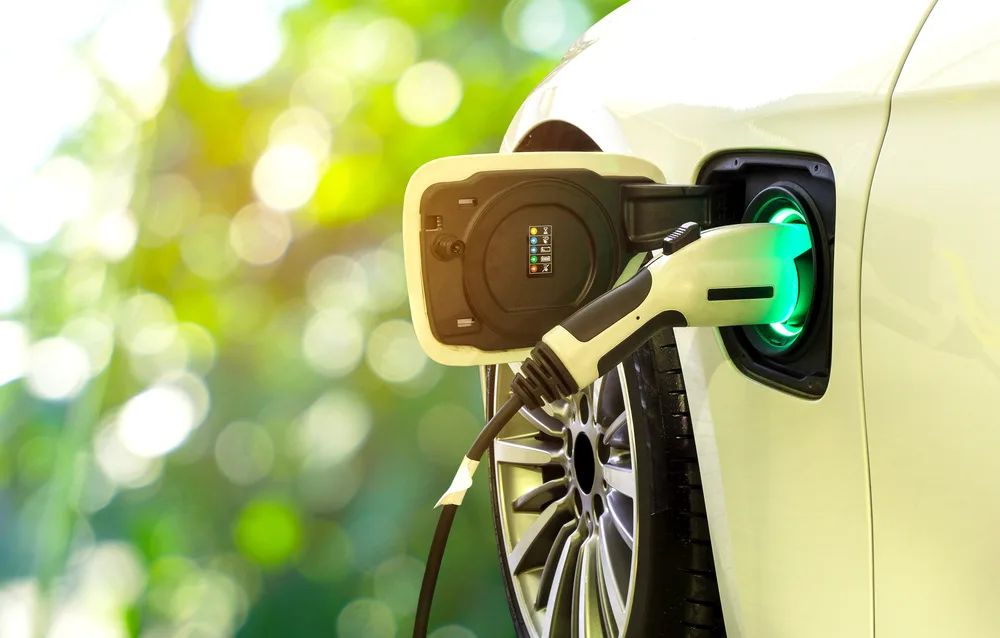
Grant from Biden infrastructure law to help install 185 EV charges around Las Vegas valley
A $3.2 million grant from the US Department of Transportation will help fund and install electric vehicle charging stations in primarily...





